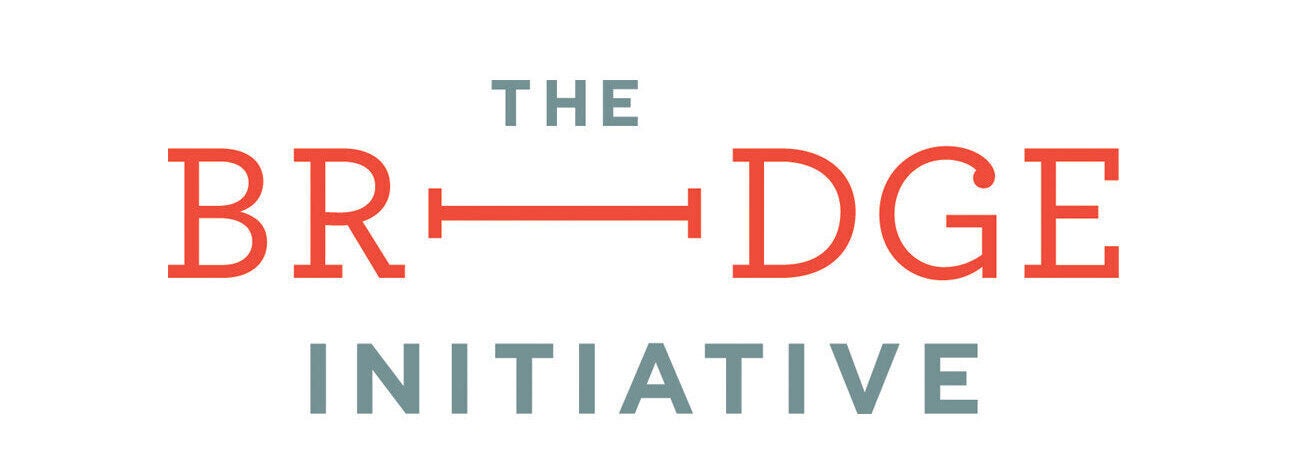
Tourists from the Arab world in the summer of 2017 in the district of Zell am See in the province of Salzburg. Pic: flickr user Michael Gubi CC BY-NC 2.0.
Banning the Hijab in Austria
This article by Bridge Initiative Senior Research Fellow Farid Hafez originally appeared on CPD Policy Blog.
Christian Democrats in Defense of Religious Freedom
It is as if one would fly back in time. In 1995, there was a rare incident in the Austrian Muslim community that attracted unfamiliar public attention. The then-president of the Islamic Religious Community in Austria, Ahmed Abdelrahimsai, called for a mandatory wearing of the Hijab for female Muslim pupils during religious classes. It was then an MP from the social democrats that called this mandatory an oppression of women, while the then-minister of education, the known liberal chairman of the Christian Conservative’s People’s Party (ÖVP), Erhard Busek, defended the Muslims with strong words that feel so strange in the ears of people living in Austria today: the social democrats would not be warranted to talk about feminism and multiculturalism on one side, while not accepting the religious beliefs of Muslims on the other side.
Post-9/11: An Era of Inclusion of Muslims
This discourse of the ruling elite to include Muslims into the collective Austrian identity by emphasizing that Islam has been a legally recognized religion since 1912 even survived the 9/11. After the conservative People’s Party formed a coalition government with the right-wing populist Freedom Party for the first time in 2000, in 2003, the right-wing MP Helene Partik-Pablé called for a discussion to ban the headscarf, following policies that banned the headscarf in France and neighboring Germany. The answer by then-chancellor Wolfgang Schüssel was telling: “We don’t have to import every discussion from Germany”. With this answer, the strong leader of the coalition government clearly set the rules of the game for the government and again declared that Austria had its own way in dealing with its Muslim population: treating them as equal citizens based on the principles of freedom of religion and the legal recognition of Islam as a religion, thus including Islam as one of many religions in Austria.
Breaking with the Tradition of Inclusion
These days are clearly gone. When the original FPÖ, after it split off from the still governing party of Jörg Haider (which then was the BZÖ), was again in opposition, it started mobilizing around anti-Muslim issues. The ban of the headscarf was as much part of the campaign as the ban for mosques and minarets. And indeed, in 2009, there were two out of nine counties, where the construction of mosques and minarets was banned via amendments of regional laws dealing with construction regulations  and protection of townscape. It was not only right-wing ruling parties that implemented these restrictions. The first county to implement such a regulation was under the leadership of the Christian-conservative People’s Party (ÖVP). While the Green Party was amongst the most anti-racist parties in these days, the historically important Social Democratic Party was not able to find a common strategy towards these issues and thus on one side support Islamophobic discourses, while on the other side it opposed them.
It did not take long that the right-wing Freedom Party’s discourse on Islam and Muslims became mainstream. Muslim women wearing the Hijab are the first and foremost victims of anti-Muslim hate crimes. Because of their visibility, they are targeted most on the streets via physical attacks or verbal abuses. While Muslim men are much more difficult to recognize, this is not the case for Muslim women. Hence, the Islamophobic discourse could easily target these visible signs of Islam and Muslims in everyday life. Next to mosques and minarets, this is obviously the Hijab. This is best illustrated in the famous poster launched by the Swiss right-wing populist party SVP, which campaigned against minarets in 2009 that showed not only minarets but also a full-face veiled Muslim woman in black. For right-wing radical discourses, the Hijab is a symbol of what is often referred to as “Islamization’. This terminology does not refer to a tendency of increasing religiosity, but rather names the conspiracy of a plan by Muslims, Jews, Freemasons, the European Union and Marxists to change the population of Europe and culturally as well as politically diminish the influence of white, Christian people.

 Search
Search